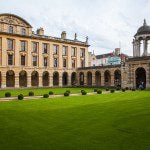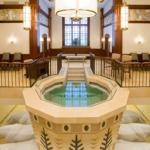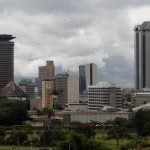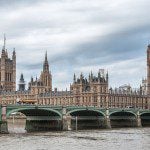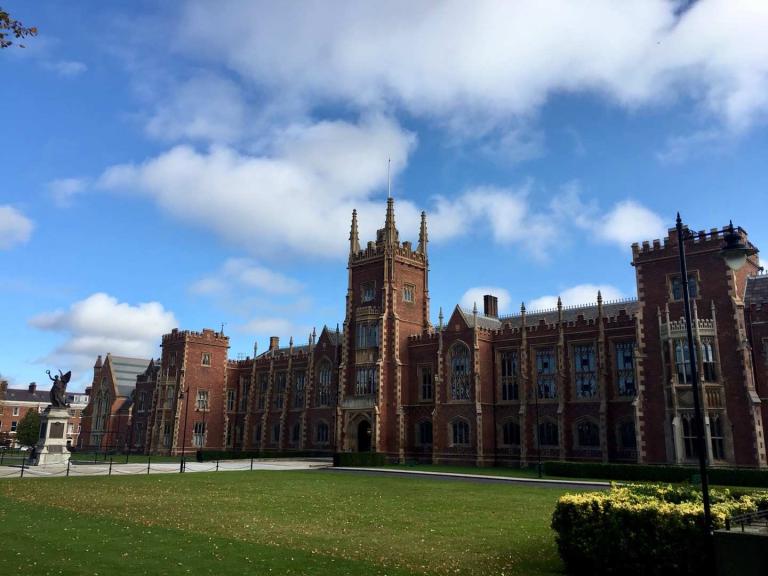
I think that it’s perhaps time to call your attention again to some recent products of the Interpreter Foundation. Here are three of them:
Undaunted Witnesses of the Book of Mormon
Explore the history of the Three Witnesses as well as other witnesses of the Book of Mormon with Camrey Bagley Fox, Emma Smith in the movie Witnesses, and Dr. Gerrit Dirkmaat, Associate Professor of Church History at BYU, and other scholars. Were the eleven official witnesses—twelve if you include Joseph Smith himself—of the Book of Mormon reliable? What about the unofficial witnesses who interacted with the plates in various ways—including a number of women? Were the plates actually made of gold? How could witnesses really hear the voice of God and yet come to doubt His prophet? Become more familiar with these early saints, none of whom ever denied their claims but instead boldly proclaimed their testimonies.
UNDAUNTED: Witnesses of the Book of Mormon is a companion docudrama to the theatrical feature film WITNESSES. Produced by the Interpreter Foundation, UNDAUNTED provides a deep-dive into the lives of those who claimed to have seen and handled the gold plates from which the Book of Mormon was translated. Learn more about UNDAUNTED at https://witnessesundaunted.com/.
That’s the first of the three. These are the other two that I had in mind:
Jeffrey M. Bradshaw, Freemasonry and the Origins of Latter-day Saint Temple Ordinances
By the way: As I write, there are — count ’em! — only one hundred and twenty-one (121) shopping days left until Christmas. So you shouldn’t procrastinate any more. Order multiple DVDs of Undaunted, and large stacks of Freemasonry and the Origins of Latter-day Saint Temple Ordinances, and several dozen copies of the Dictionary of Proper Names and Foreign Words in the Book of Mormon. Give them to your spouse, your children, your parents, your grandparents, your cousins, those to whom you minister, your mailman, and the Jehovah’s Witnesses who knock at your door. And, while you’re at it, don’t forget about Witnesses, and don’t forget about all of the other books that the Interpreter Foundation has published.
But now for an abrupt change of topic and tone:
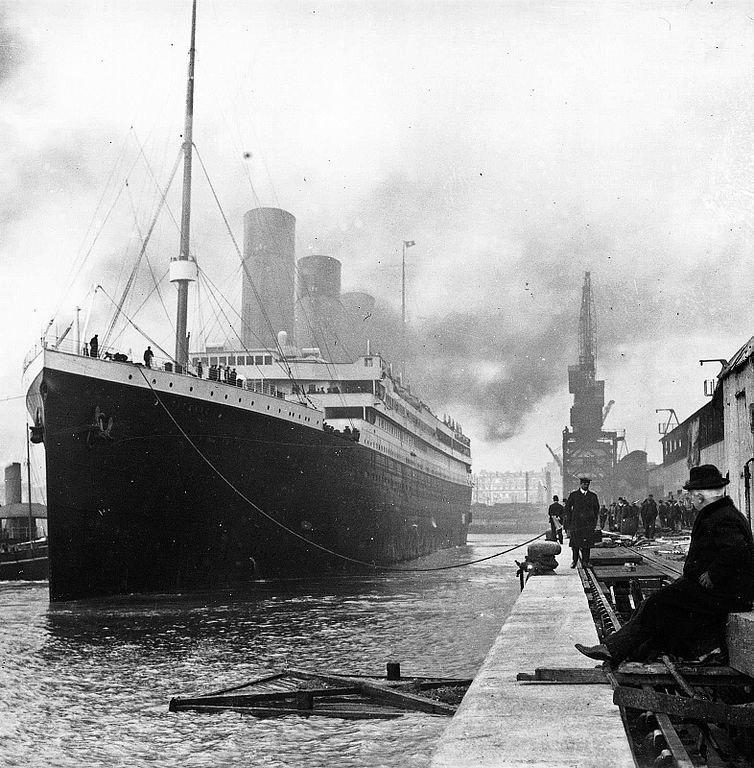
We landed this morning in Belfast, Northern Ireland, where, by the way, C. S. Lewis lived for the first nine years of his life and to which he returned many times even after moving to England for his education and his eventual academic career. (He was always happily aware that he was Irish.) Belfast is also the city in which the ill-fated passenger liner R.M.S. Titanic was built. But we said and did nothing today about C. S. Lewis, and I’ll return to the topic of the Titanic shortly.
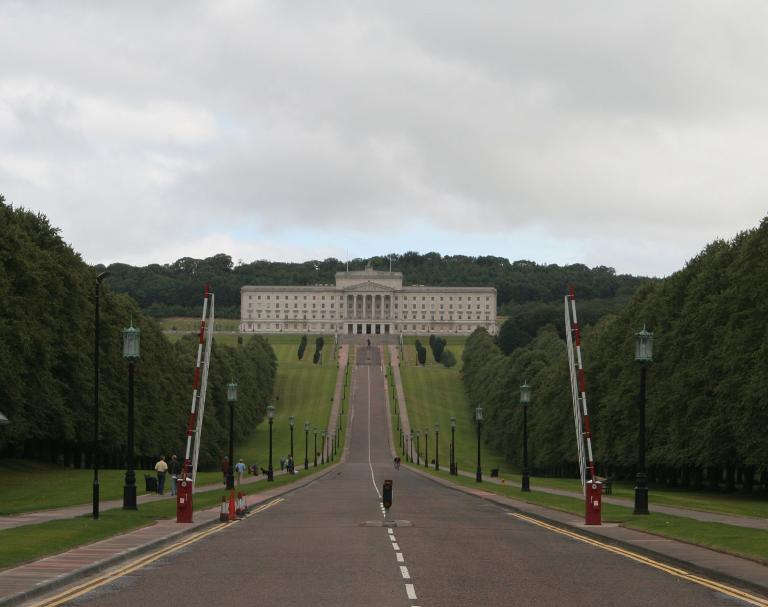
One of the first things that we did was to drive to the really quite beautiful seat of the Parliament of Northern Ireland, which is often called Stormont after the portion of Belfast in which it sits. Notably, there are no flags around Stormont. Why? Because the majority party these days is Sinn Féin, which has given up violence and gone for electoral success. They refuse to permit the Union Jack, the flag of the United Kingdom, to fly over their legislative house. And yet their opponents will not permit the flag of the separate Republic of Ireland to fly over it, either. Curiously, too, members of the Northern Irish Parliament are also granted immediate membership in the Parliament of the United Kingdom that sits in Westminster (i.e., more or less in London), but those who are affiliated with Sinn Féin refuse to participate there since they reject the United Kingdom’s dominion over them. On the other hand, they do accept membership in the Oireachtas, the legislature of the Republic of Ireland, which meets in Dublin. By contrast, members of the principal Northern Irish opposition party, which favors continued union with Great Britain, decline membership in the Oireachtas but accept membership in the British Parliament.
We also briefly visited Queen’s University of Belfast and drove around many of the neighborhoods and districts of the city. Our superb guide refused to distinguish them as Catholic or Protestant, preferring to term them “nationalist” and “unionists.” I appreciated that very much, since I’ve long argued that the infamous violence in which Belfast and Northern Ireland were embroiled for decades had virtually nothing really to do with religion at all. So we drove through nationalist and unionist neighborhoods, which are, especially when a local expert teaches you to read them, very easy to distinguish. (We’ve visited Belfast once before, but this visit was far, far superior as to clarity and content.)
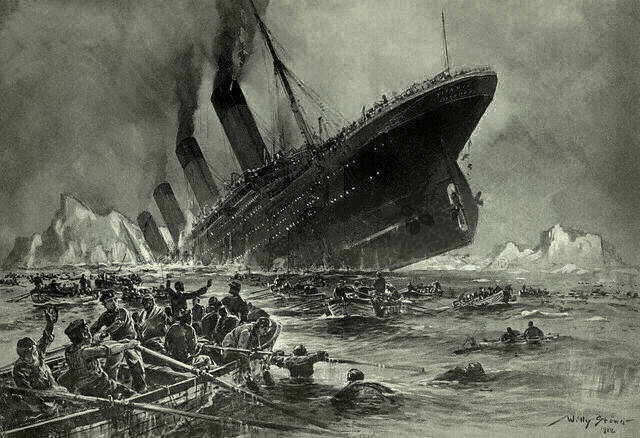
We were on our own for lunch and wandering around for a while. My wife and I spent the time in the monumental Belfast City Hall, where we walked through an informative exhibit on the history of Belfast and looked at a monument to the victims of the Titanic disaster on the grounds outside. We could have spent longer there, but that’s virtually always the case, virtually everywhere.
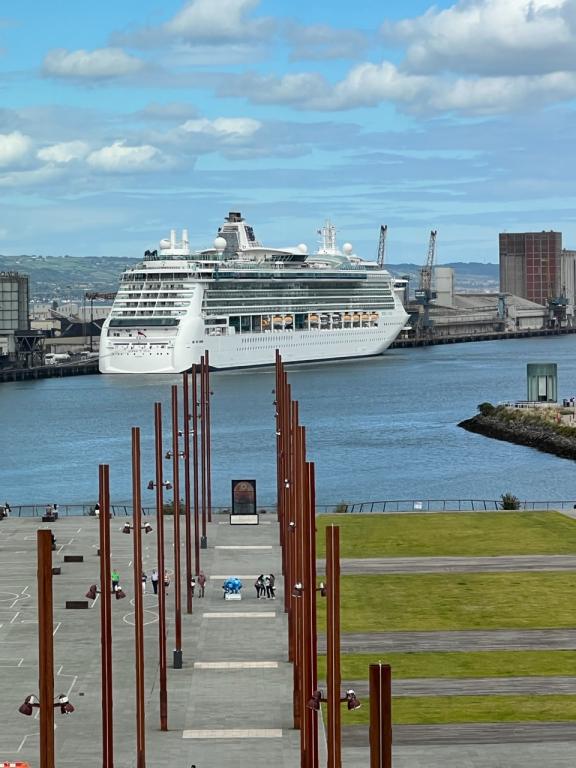
The last part of our too-brief visit to Northern Ireland was spent at a visitor attraction called “Titanic Belfast” that was built during the centennial year of the ship’s sinking. It is excellently done, with a combination of multimedia technology, museum exhibits, and even a Disneyland-like ride through the construction of the great vessel. “Titanic Belfast” sits at the very site of the former Harland & Wolff shipyards where the construction and launch took place.
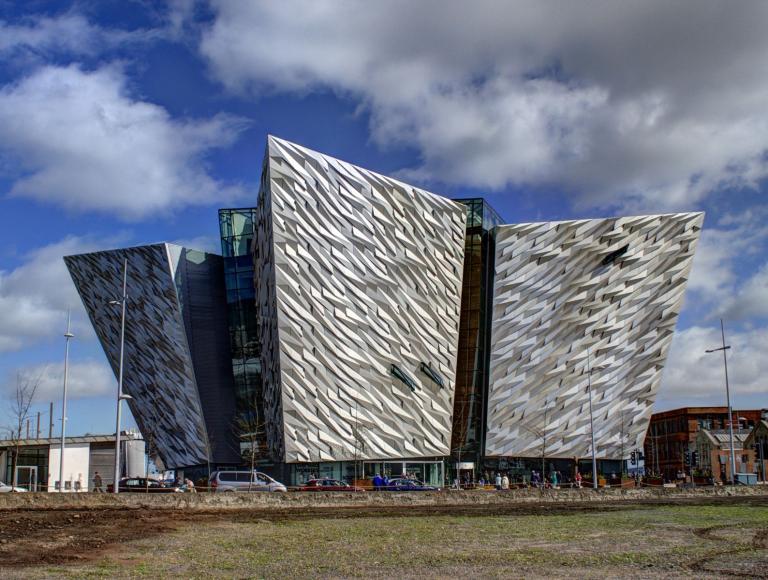
Our guide stressed over and over again how Belfast has regenerated itself since the end of the violence roughly a generation ago, and its success at bouncing back is readily apparent to even fairly casual visitors such as ourselves. I thoroughly enjoyed our time in the city. And unusually pleasant weather didn’t hurt.
Posted from the Irish Sea



